
12 minute read
Wales: Mountain Solitude and Celtic Adventure
A proud Celtic nation surrounded on three sides by the sea, Wales ‘Cymru’ is a country of natural beauty with rolling green hills, craggy mountains, and majestic glacial valleys. The lilting rhythms of ‘Cymraeg’ an ancient language still fill the air and the national Welsh dragon flag flutters above fairy-tale castles.
By Ceri Thomas // Photos by Alan Parfitt, Ceri Thomas, Tim Hughes and Adam Fisher

Everywhere you go in Wales you will see a land shaped by water, in our rivers and lakes you will find excellent fly fishing opportunities for trout, sea trout, salmon, grayling and pike. In the sea we have bass and mullet in abundance. Wales has many sporting species that will readily take your fly.
Of them all, Wales is especially home to indigenous brown trout, which can be found in almost every river and stream. From fish the size of your hand, through to 7lb (3kg) specimens from the fertile post-industrial rivers of the south such as the Ebbw, Tawe and Taff, flowing waters in Wales are blessed with prolific stocks of Salmo trutta In resident and migratory forms, including the sea trout ‘sewin’ of west and north Wales ,that can run to over 20lb (10kg) in rivers like the Towy and Dovey.

While our fellow Celtic nations the Scottish have ‘lochs’ and the Irish ‘loughs’ Wales also has many lakes, which we call ‘llyn’ or ‘llynnoedd’ (plurally). It is perhaps these which offer the best fishing adventures for wild brown trout. Although only a relatively small country, Wales has over 550 trout stillwaters, including natural glacial lakes and breath-takingly beautiful man-made reservoirs; so you are never far from a lake with good fishing.
Endless Variation
Variety is key, no two llynnoedd are alike; even waters just yards apart may have vastly different characteristics. You will find deep, inky black lakes tucked away in heather clad crevasses, crystal clear corrie lakes in natural amphitheatres under steep cliffs, and gentle moorland waters where the waves lap gravelly shores. Each llyn in Wales is unique with a special character.
Thanks to cool, oxygenated water that allows for productive fishing even in summer heat, almost all our lakes have abundant stocks of pretty, hard fighting brown trout, which typically range from 30cm to 50cm.

Some reservoirs are also stocked with rainbow trout and other varieties, such as blue, golden and tiger, which can run to 8kg in weight.
Generally, though, llyn fishing in Wales is not about ‘big fish’. Our waters are perfect for those who seek solitude and value wild fishing in stunning, varied surroundings; places where you will find enough adventure to last several lifetimes, where the fish are free rising and abundant.
A Tour of Llyn Fishing in Wales
For me, there is nothing better than exploring the llyn fishing we have in Wales. There is so much choice that you could easily fish a different llyn for each day of the season, which runs from March to Mid-October. Whichever lakes you choose, they are always situated in the most enchanting terrain, making them a magical place to cast your fly.
Here, I’ll take you one a tour of some of the best parts of Wales for llyn fishing. All you will need to bring is a 5 or 6-weight rod from 9 foot to 10 foot in length, a fly box with some traditional wet fly and spider patterns, some small dark steamers and dry flies that imitate terrestrial insects, caddis and small mayflies. The only fly line you will need is a floater.

Waders are a useful option, but not essential, since many of the lakes can be fished from their rocky shores without the need to enter the water. Should you wish, a lightweight float tube can be carried in a rucksack and used as an enjoyable option.
North Wales – Majestic Mountains
Let us start at the fertile Isle of Anglesey known in Welsh as ‘Ynys y mon’ a bastion of ancient Druidic heritage. Here, there are many lowland lakes with fishing for larger wild brown trout, such as llyn coron, which also has a run of sea trout and llyn cefni, which has good browns and rainbows.
Cross the Menai straits to the mainland and you’ll discover the epic landscapes of the Snowdonia National Park, one of Britain’s truly wild places. The number and variety of lakes here is astonishing, from glacial valley waters like llyn Cwellyn that hold brown trout and the ‘torgoch’, a remnant population of arctic char, to the savage grandeur of high mountain lakes such as llyn fffynon loer ‘The well of the moon’ and the majestic llyn Idwal, where a giant is said to lie entombed for all eternity.
On the southern edge of Snowdonia lies Blaenau Ffestiniog, a slate mining town full of heritage and history, a place that roofed the world in the 19th century.
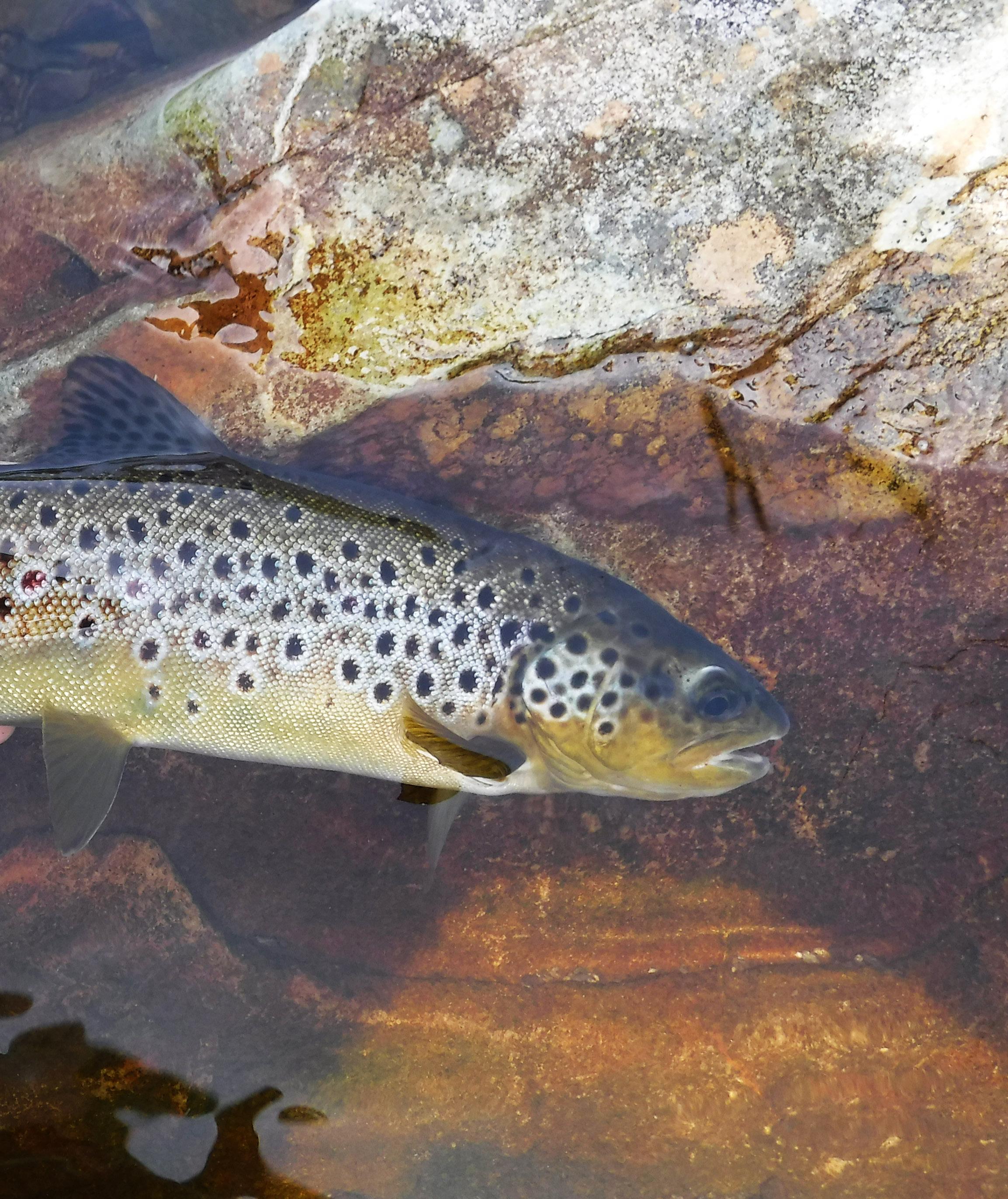
It was here that the local work force would emerge from the darkness of the mines and escape to the mountain lakes to fish. These quarry men lived for fly fishing, forming the Cambrian Angling Association in 1885, developing their own ‘ffestiniog flies’ and seeded trout fry into many lakes in the region.
The Ffestiniog mountains are literally peppered with scores of glacial lakes, of varying ease of access and potential. Some are near to roads, whilst others require short hikes or sometimes a few hours trek through scenic paths. High above ravens fly and mountain goats scramble across the rugged slopes.
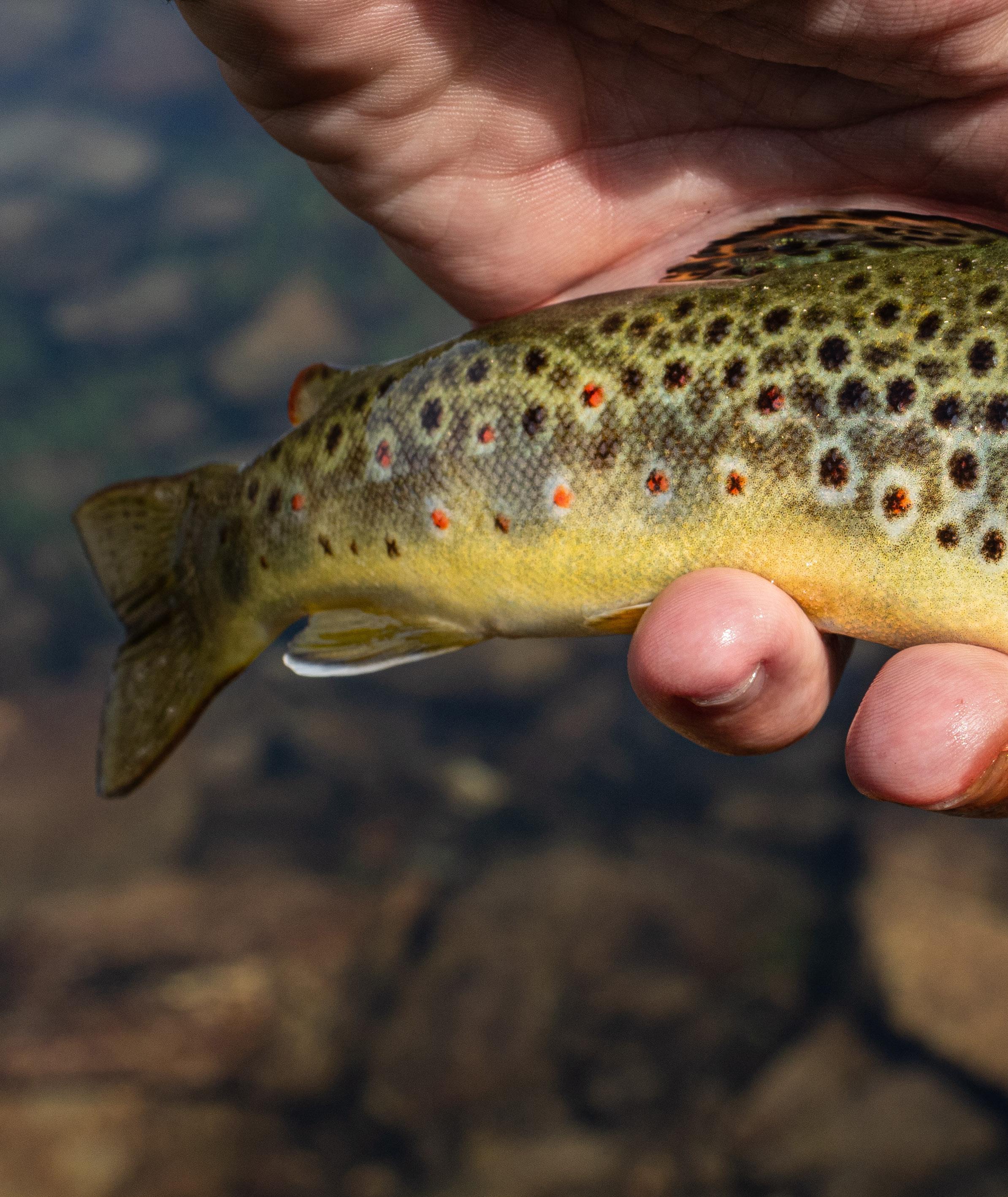
Lakes of note include the dramatic llynnoedd Gamallt, where trout freely slash at skated caddis imitations, llyn llagi with its solemn, black cliffs that tower high above the lake, the majestic moorland expanse of llyn Conglog, where 4lb (1.8kg) trout are caught each year, the picturesque llyn Cwm Orthin with its abandoned slate tips and chapels, llyn dubont ‘the lake of the black bridge’ with its epic views of the Moelwyn mountain range and shallow llyn Cwm Corsiog, where trout rise freely amongst the weedbeds to falls of heather fly.
To the south of Ffestiong we come to the Rhinog mountain range, again home to many glacial lakes that are hidden away in deep, heather clad clefts formed by tumbled and fractured rock, in which lurk trout from just finger size to an arm’s length, a place for only the most adventurous, hardy angler where long hikes and steep climbs are the norm.


Further on, the peak of Cadiar Idris ‘the giants chair’ looms at the southern end of the National park. There are several rocky mountain lakes around it such as llyn cau ‘lake of the enclosure’ all holding moderately sized trout, but in the valley below lies the gentle expanse of Tal-y-llyn lake ‘llyn mwyngil’, where large and beautifully marked wild trout of over 50cm and 4lb (1.8kg) can be found.
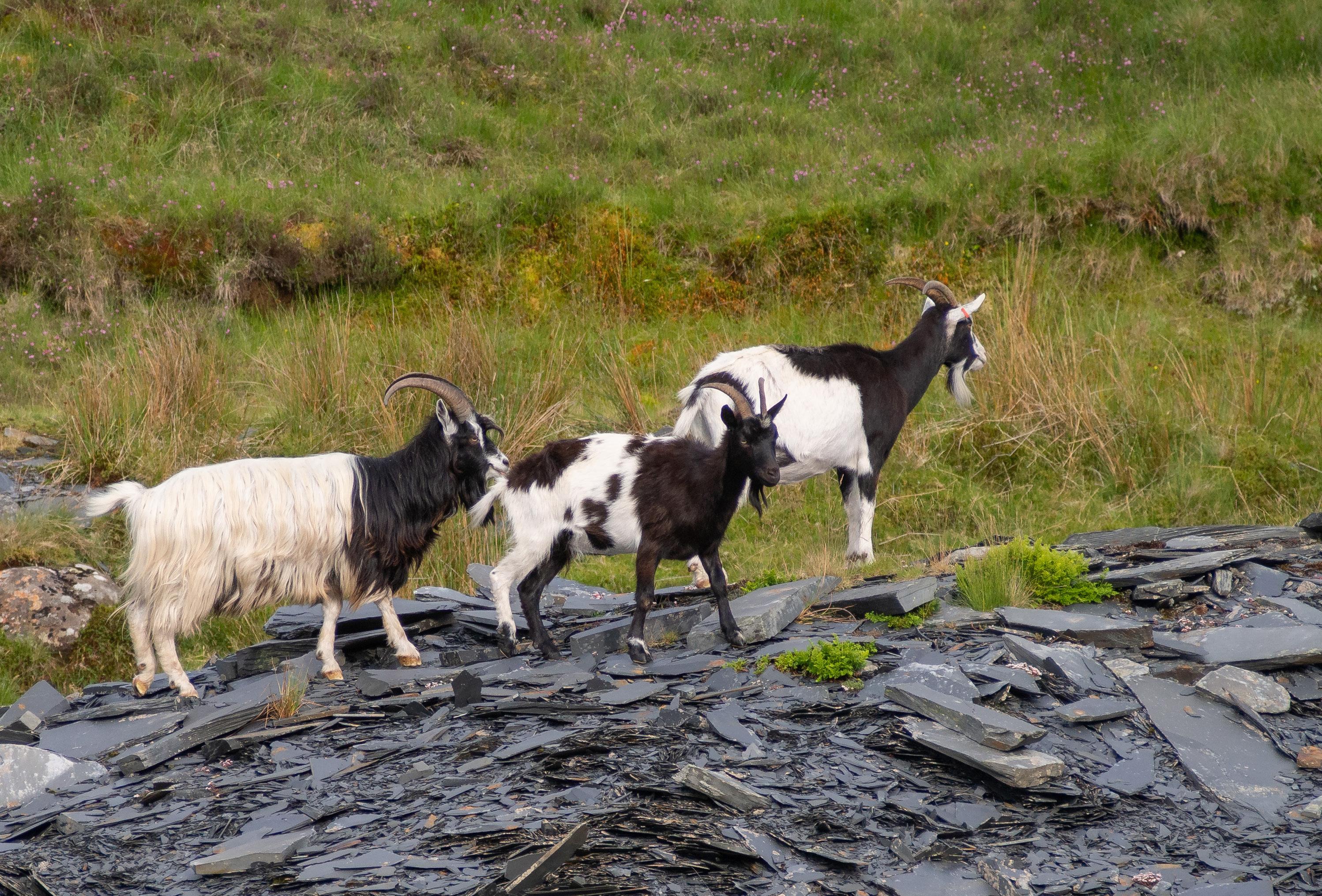
Mid Wales – Land of Rolling Green Hills
From Cadiar Idris southward, the mountains soften somewhat into the green rolling hills of mid- Wales, where reservoirs such as Llyn Vrynwy, Nant y moch ‘stream of the pigs’ and Llyn Clywedog cover a vast area of water. Clywedog has superb rainbow trout fishing, as well as other trout species that are stocked, in addition to wild brown trout. It can be fished from hired boat or from the bank. Make sure you are here in June, when a beetle hatch falls onto the water from the bracken clothed hills.

The legendary ‘coch-y–bonddu’ beetle brings every fish to the surface to feed in a frenzy. There are natural lakes and many lead mining reservoirs from the Victorian era hidden in the hills of mid Wales. From Aberystwyth in Northern Ceredigion to the Plynlimon massif you will find dozens of these waters, which in many cases are quite fertile and can produce quality wild trout to 6lb (2.7kg). Aberystwyth and Talybont angling association (https:// fishingwales.net/fishing-locations/ talybont-angling-association/) have lots of great fishing in this area, lakes such as llyn Oerfa ‘the cold place’, llyn Conach and llyn Rhosrydd are worth investigating.
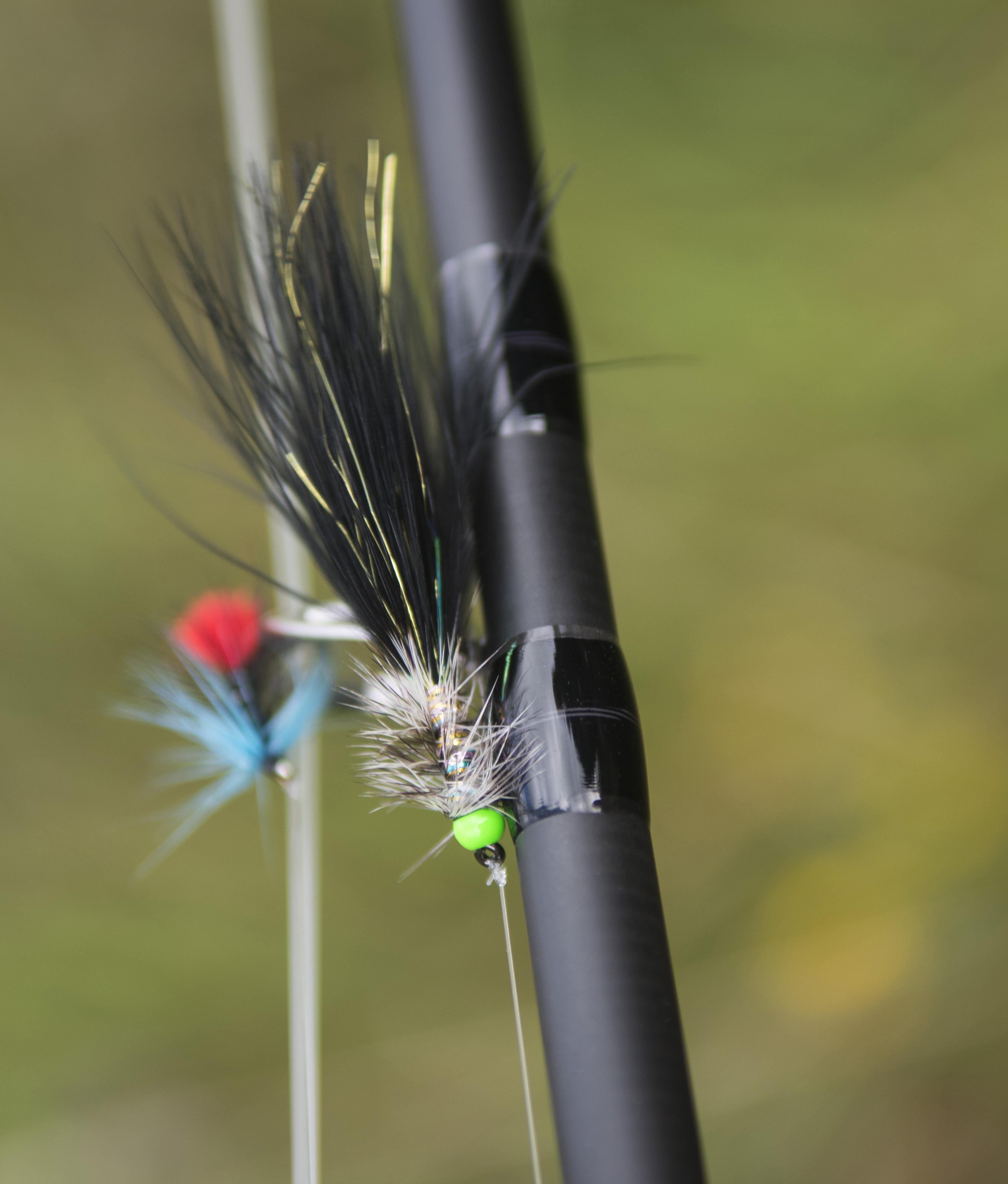
Beyond, in the heather clad moorlands of central Wales lie hidden gems such as llyn Gwyddior, which has brown trout averaging 40cm with fish to 4.5lb (2kg) caught each season, while llyn Bugeilyn ‘the shepherds pool’ swarms with eager, hard hitting fish, known as the black finned trout of Wales. To the south the Cambrian Mountains roll on for miles, an open expanse of hills and grass covered wilderness, an area sometimes known as the ‘green desert of Wales’.

In this heartland you will find the ornate and beautiful Elan Valley dams and the mighty Claerwen reservoir. In the remote hills surrounding them are natural lakes, such as the lonely llyn Gynon and the famous Teifi Pools, where six llynnoedd can be found close together. All of these waters offer a different experience with varying levels of accessibility, from parking right on the banks to a walk-in of a few miles.
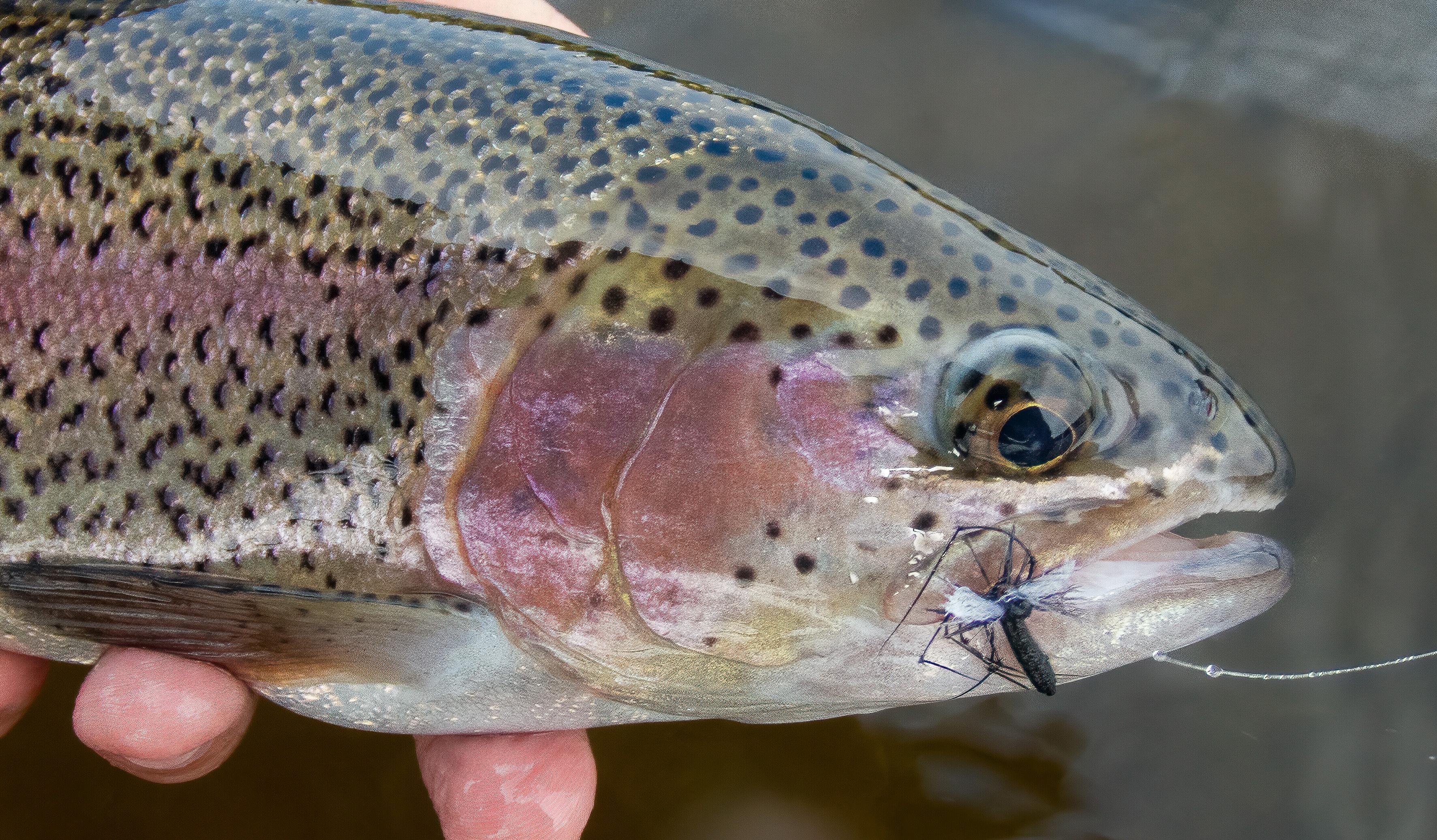
South Wales – Breath-Taking Beacons
As the Cambrian mountains peter out, the distinctive hills and mountains of the South Wales Brecon Beacons rise, said to be named after the ancient practise of lighting signal fires to warn of attacks by invaders. In this National Park there are natural glacial lakes but not in the numbers as you will find in mid and north Wales. The Beacons instead has many reservoirs, nearly 20, that were constructed in the 19th century for water supply. These are found in the vast and dramatic valleys or ‘cwms’ of old red-sandstone.

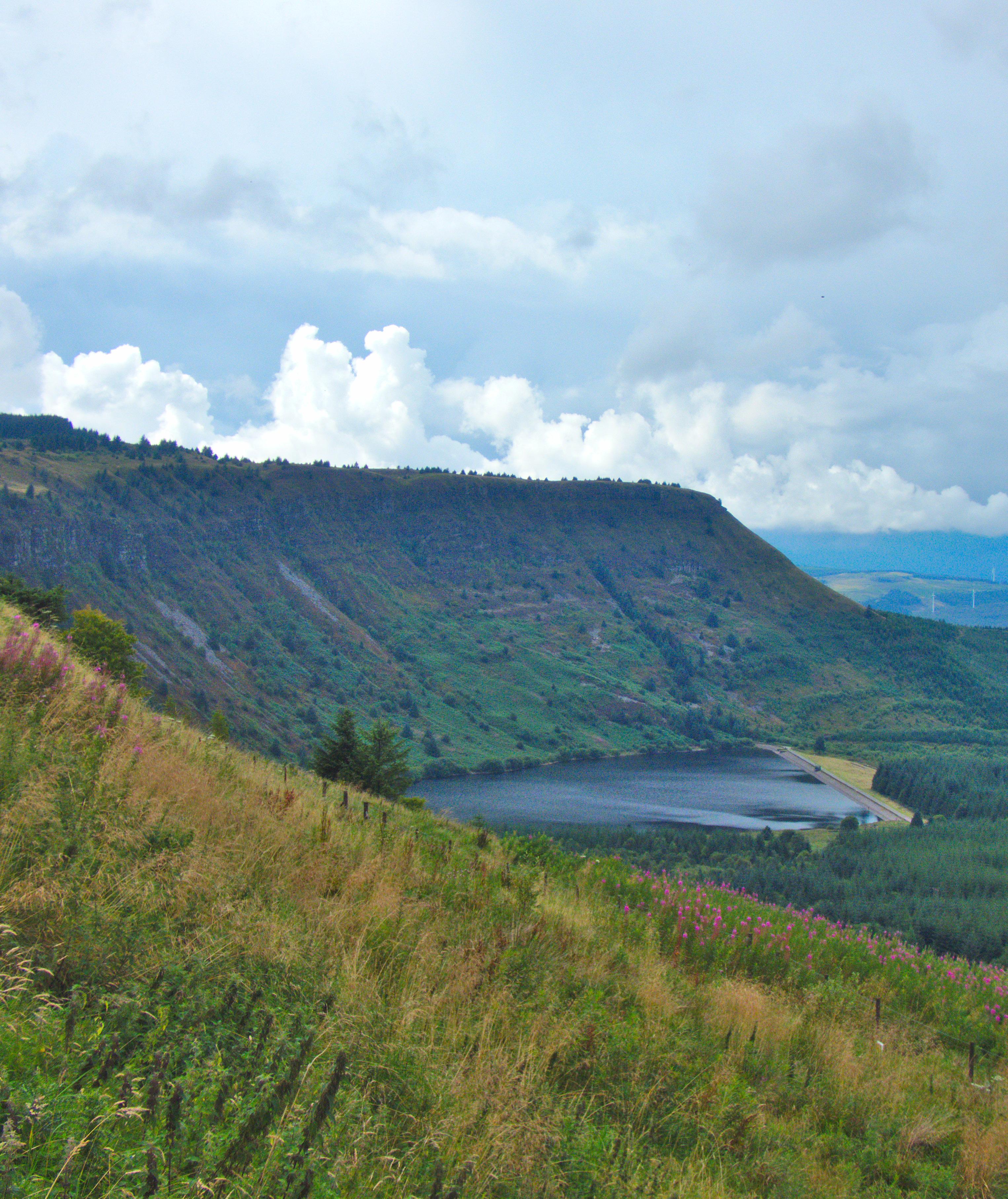
The geology here makes for more fertile water, so quality wild trout can be expected and in some there are rainbows.
Of special interest is Tal-y-bont, a majestic, 3.5km long expanse of reservoir that is well known for producing golden natural brown trout that thrive in the richer water, averaging around 40cm with many ranging to 50cm or more. The lake produces from opening day on March 20th, so it is a great place to enjoy some early season sport.
In the summer, evenings are the best time, when hatches of chironomid and terrestrial insects can bring hundreds of rising trout to the surface. Nearby is Cantref reservoir, in the ‘Cwm Taf’ valley which has easy access with good stocks of brown and pretty rainbow trout.
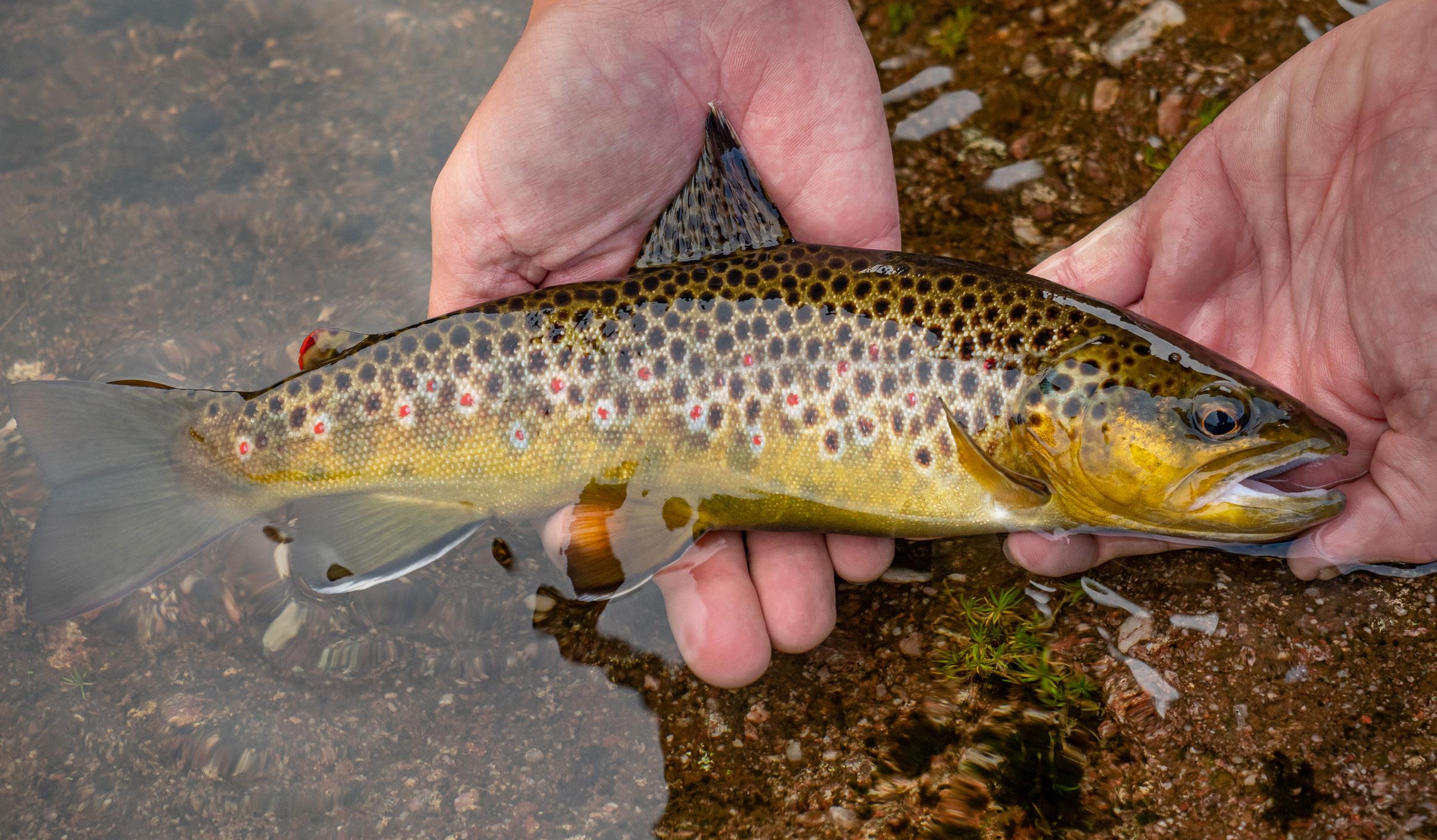
To the West of the Beacons are Crai reservoir and Ystradfellte reservoirs, both notable for their fine scenery, where rounded mountains sweep far above, and in spring the banks are festooned with blossoming hawthorn trees. It’s simply idyllic countryside, with plenty of free rising brown trout to test your skills.
To finish the journey are the dramatic slopes of the upper Rhondda valley and the Rhigos mountain. Below it lies llyn fawr ‘the big lake’ once a natural lake that was converted to a reservoir a century ago, in the process revealing a hoard of submerged Celtic artifacts, including cauldrons, swords and spears; gifts to the deities of the other world no doubt. It’s waters today provide great trout fishing for rainbows.

Getting to Wales and accessing the fishing
Getting to Wales from Europe is easier than the other Celtic nations with similar fishing, since we are much closer to Northern France, Netherlands and Germany. This allows visitors to drive to Wales using the Channel Tunnel, which in this current world of COVID allows you to be safe and practice social distancing even on your journey. From Folkstone it is then a mere 3 hour journey to the Welsh border.
Wales also has an airport in the capital city Cardiff, from here to drive fully from South to North Wales will only take 3.5 hours, or if you fly into London South Wales is just a 2 hour drive from Heathrow.
Access to the fishing in Wales is easy, thanks to a network of angling clubs that issue inexpensive day, week and season tickets for visitors. These can be purchased in most tackle shops or online with fishing clubs, or through the Fishing Passport, an internet scheme set up to allow for easy purchasing of day tickets.
Day tickets are typically just £10 to £20 (12 to 22 Euros) and often include multiple lakes and rivers under the same permit. It is rare to see another human being, let alone another angler so exclusivity is almost guaranteed.
You will also need a national rod fishing licence from Natural Resources Wales, which can be ordered online for 8 days at £12 (15 Euro). Wales has a tourist information website completely dedicated to fishing:
www.fishingwales.net.
Here you will find every place to fish in Wales along with contact details for the fishery owners and angling clubs.

There are also contacts for Welsh fly fishing guides and outfitters should you need one, fishing tackle shop locations, places to stay including fishing hotels and campsites plus essential information on Welsh fishing seasons and regulations.
Wales may not be the most publicised fly fishing destination, but if you are seeking true adventure in breath-taking surroundings with the added advantage of not having to travel to the ends of the earth then it is worth serious consideration.
‘Croeso I pysgota yng Nghymru’ - Welcome to Fishing in Wales











